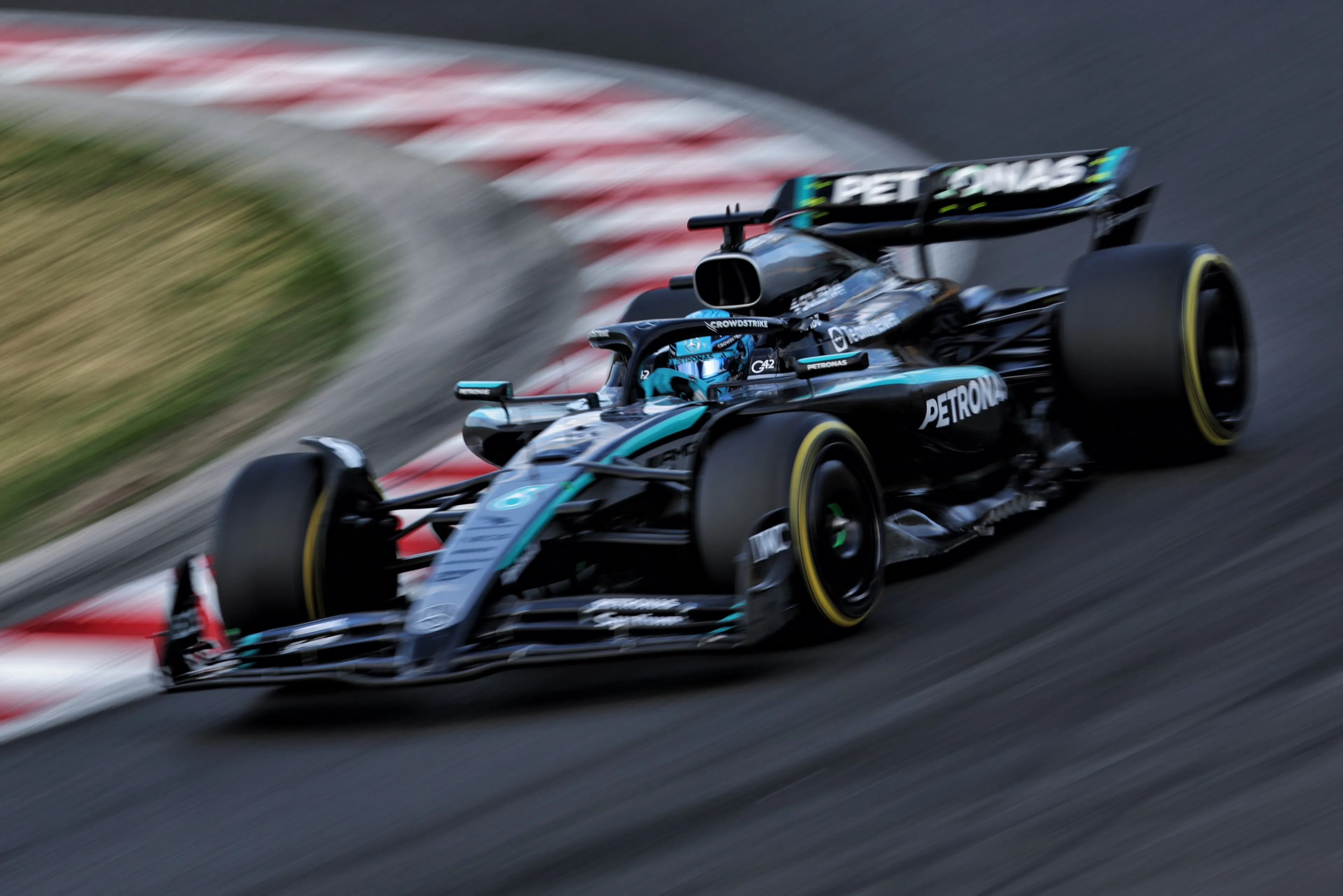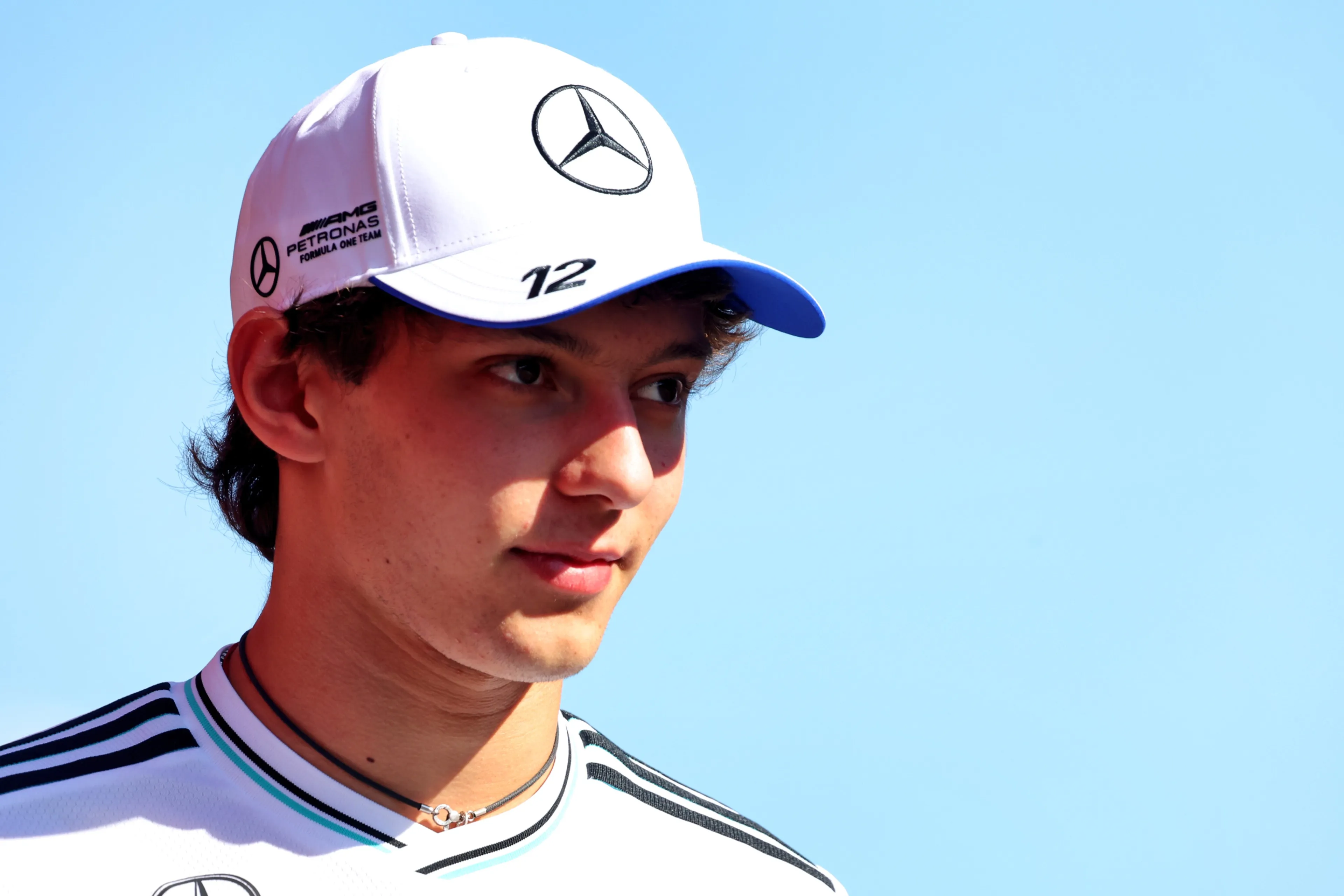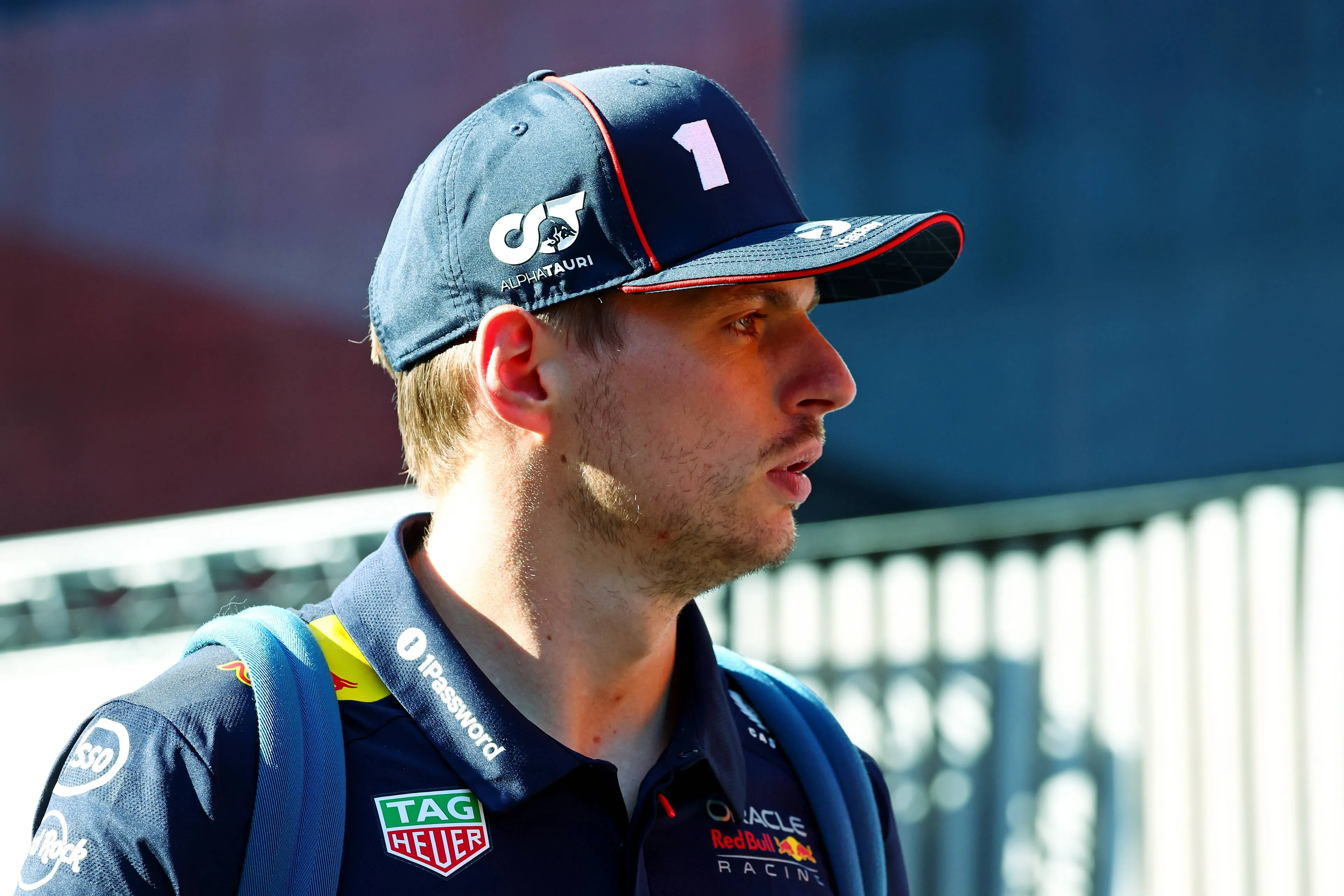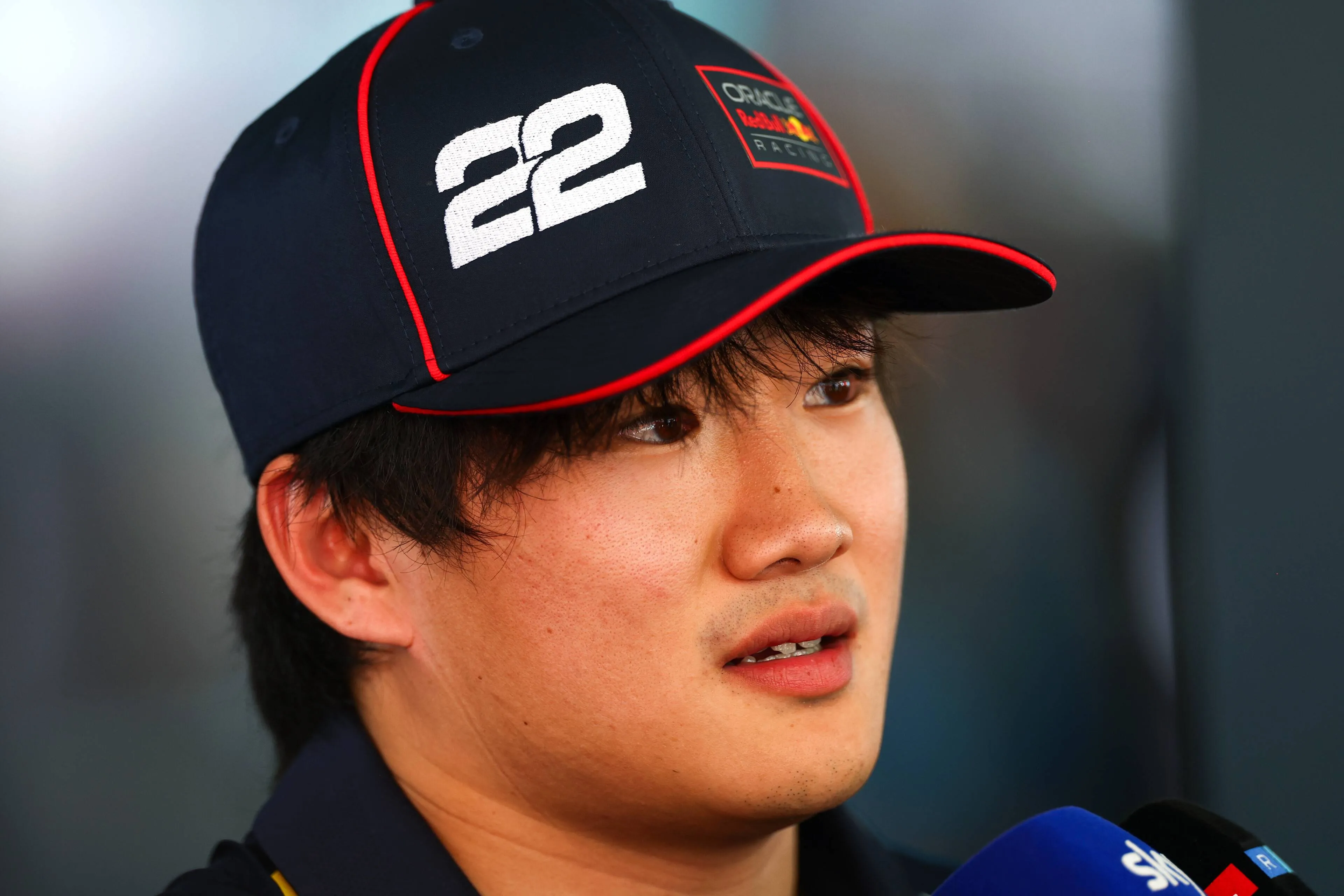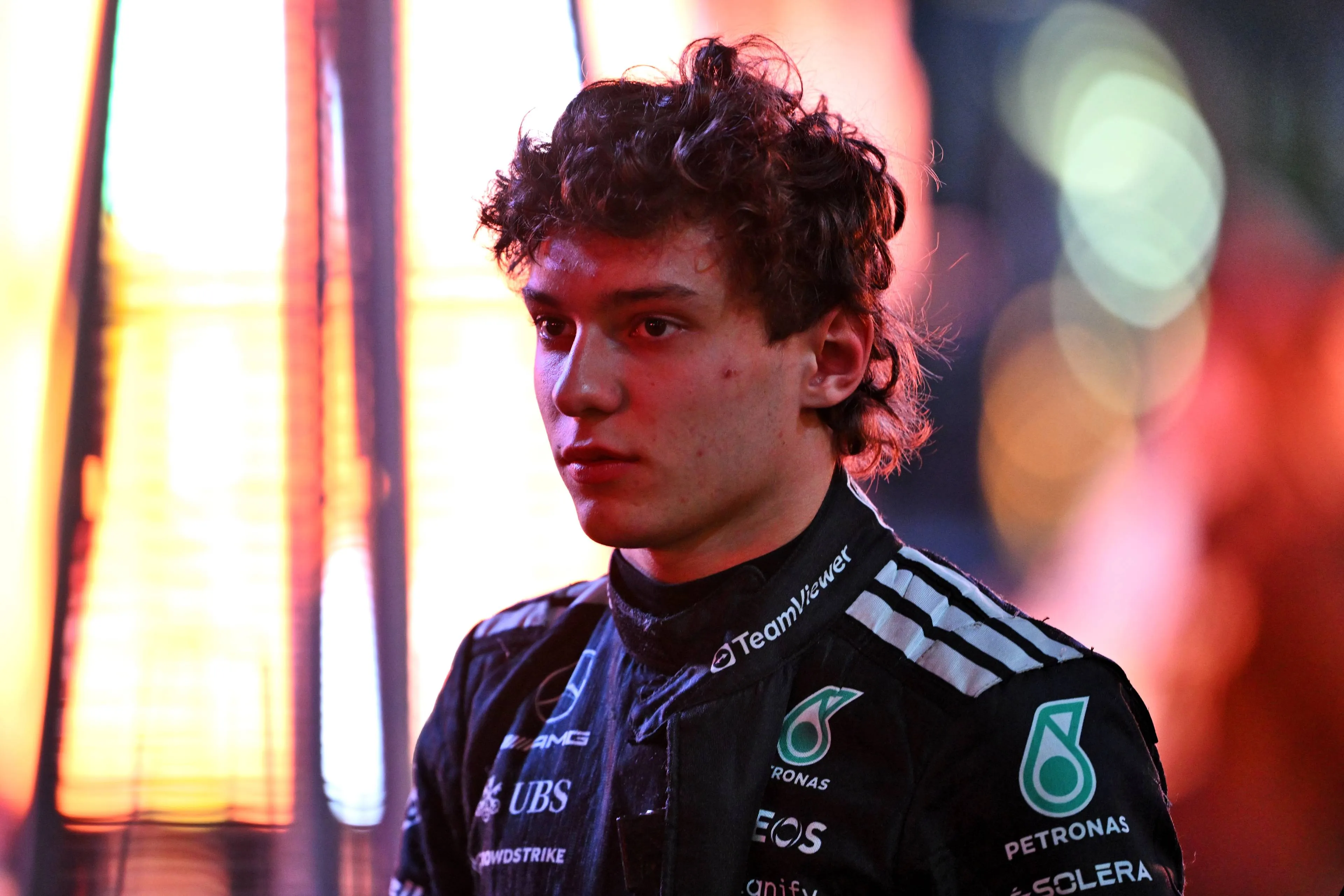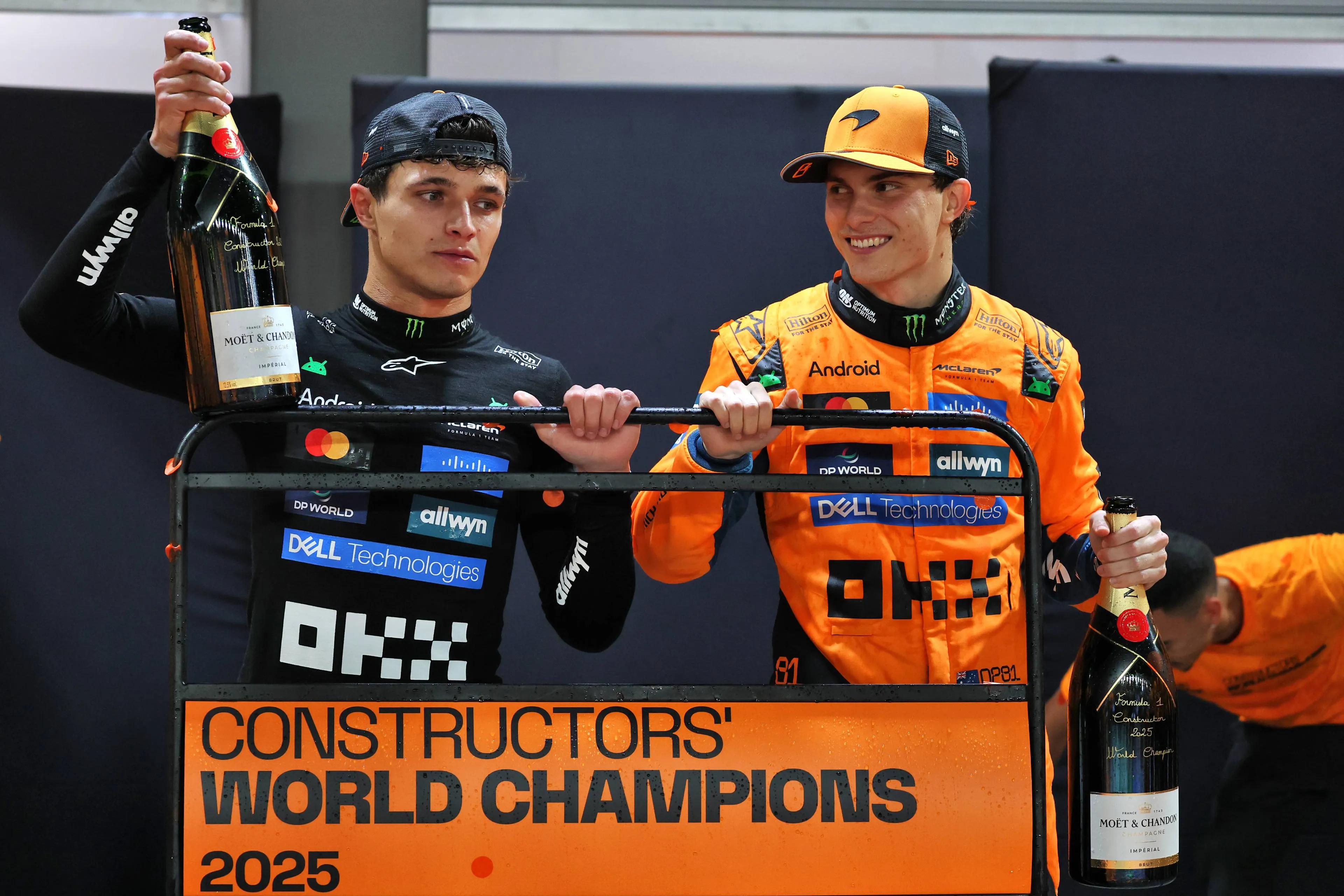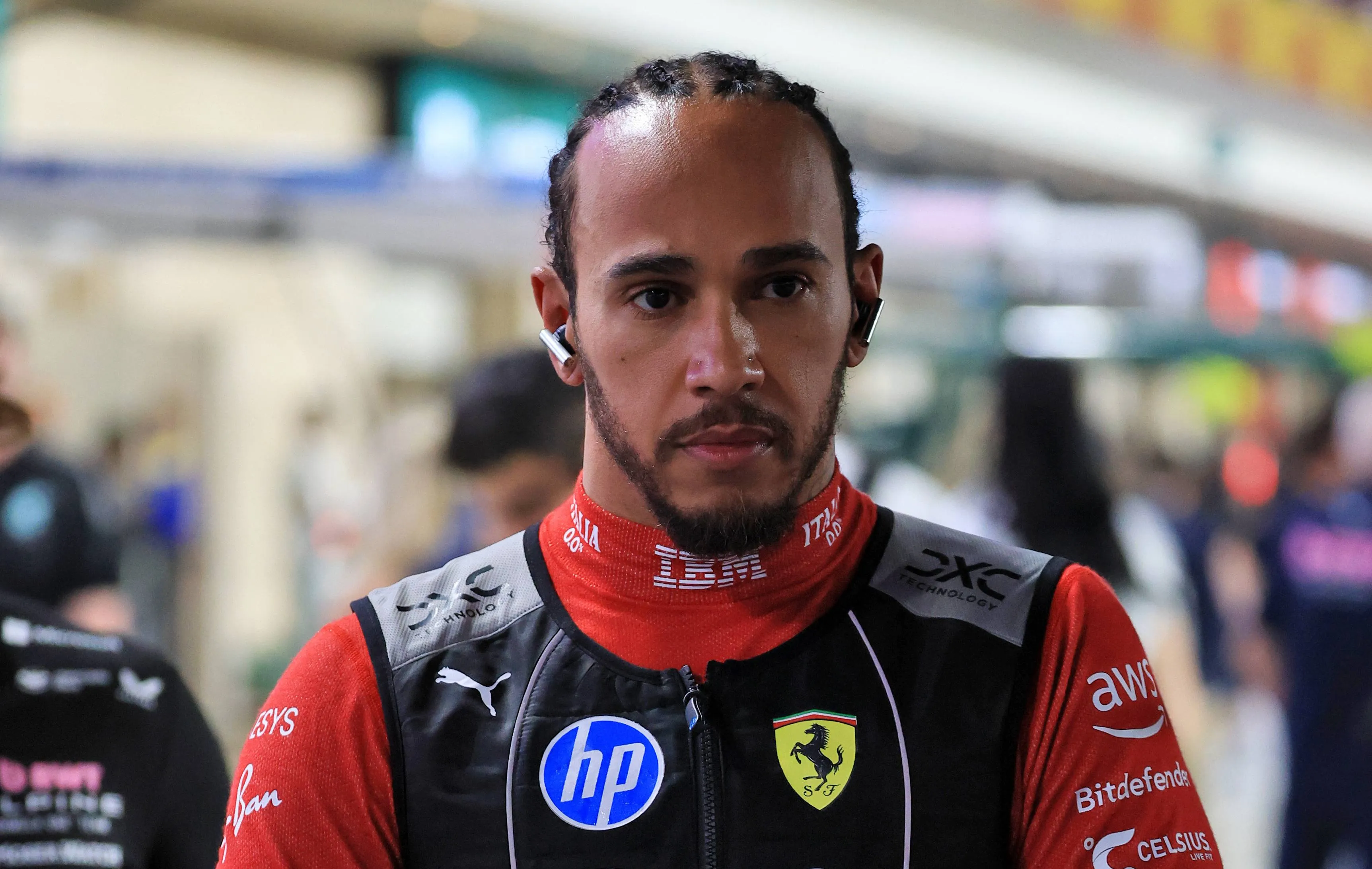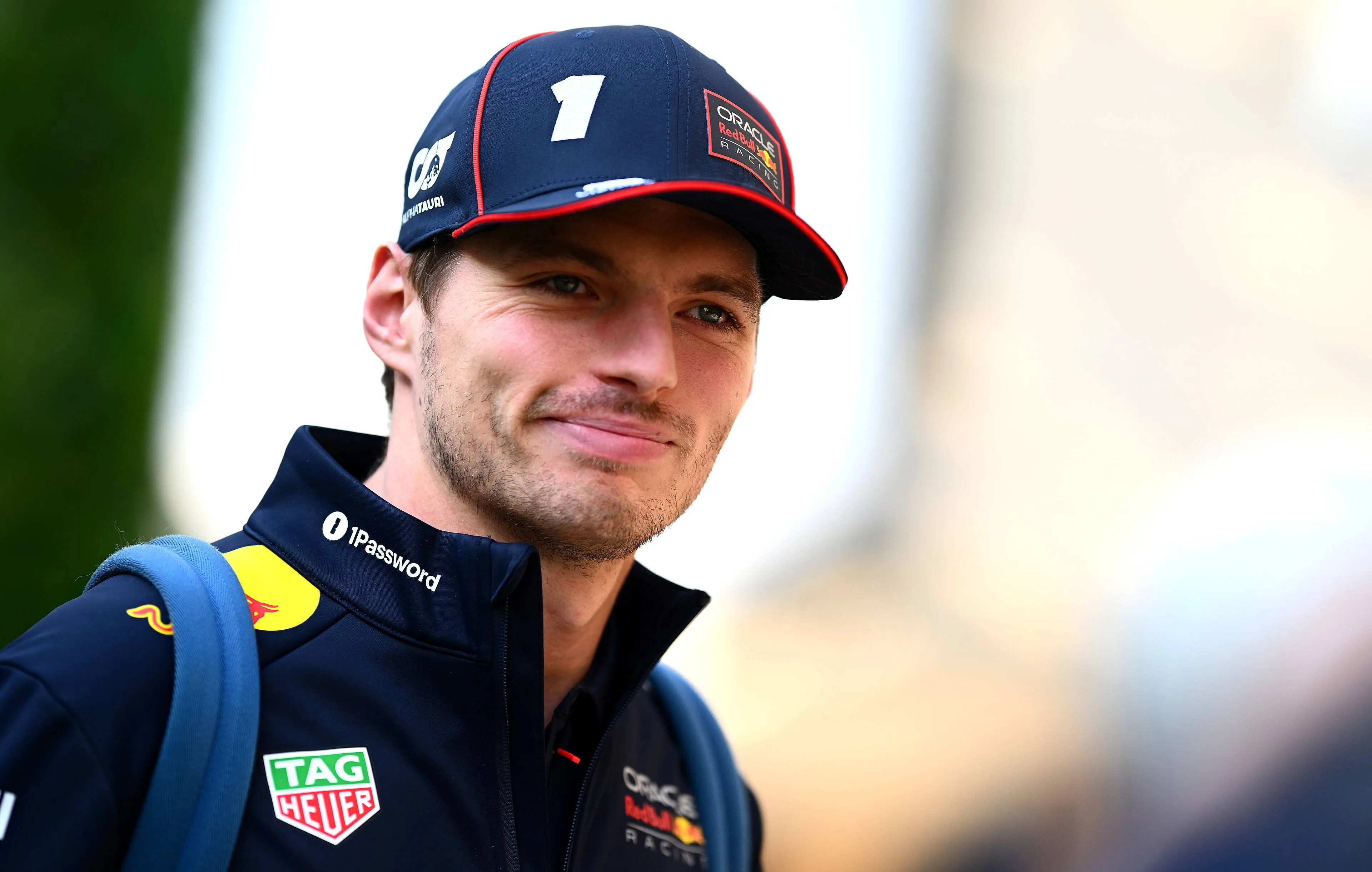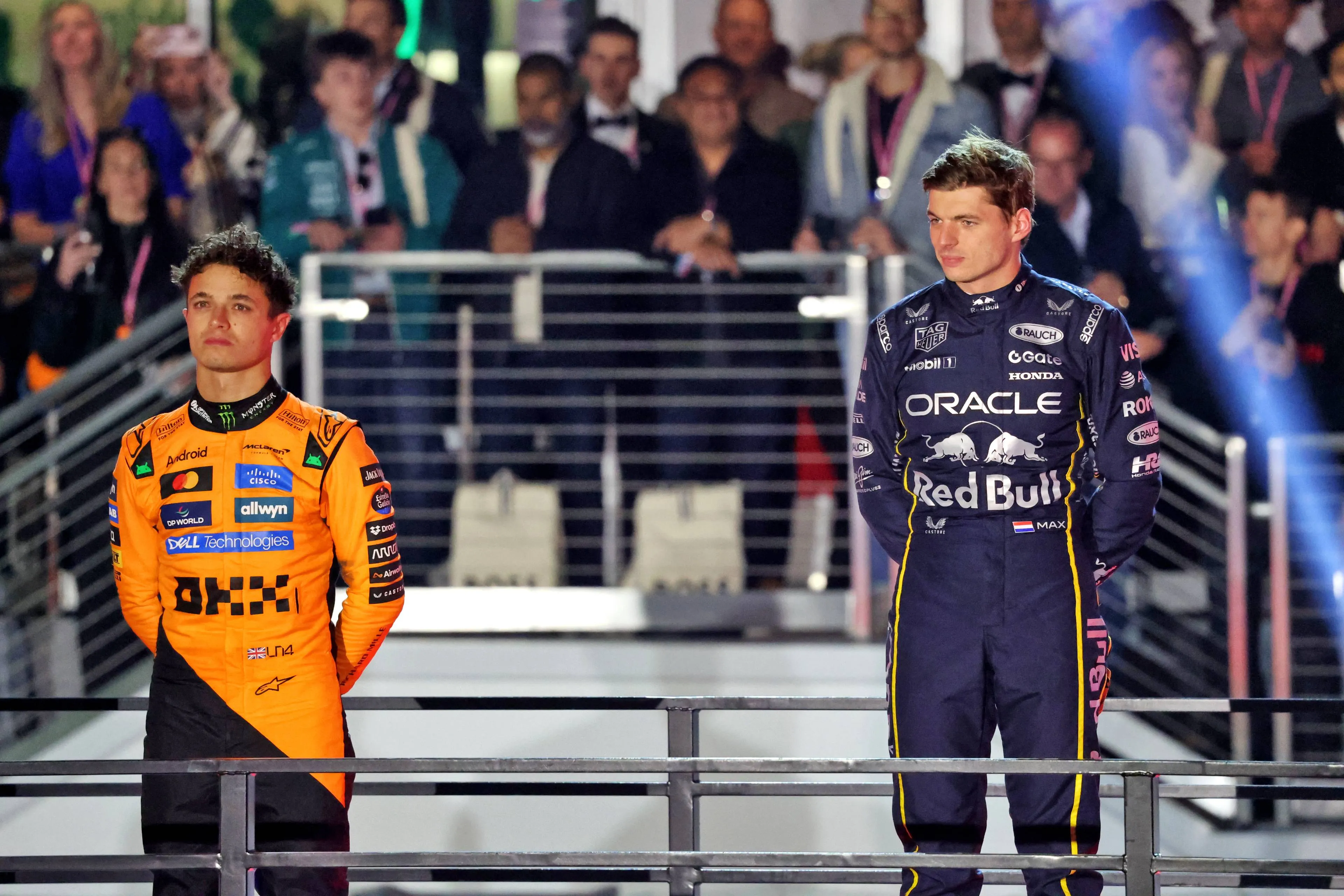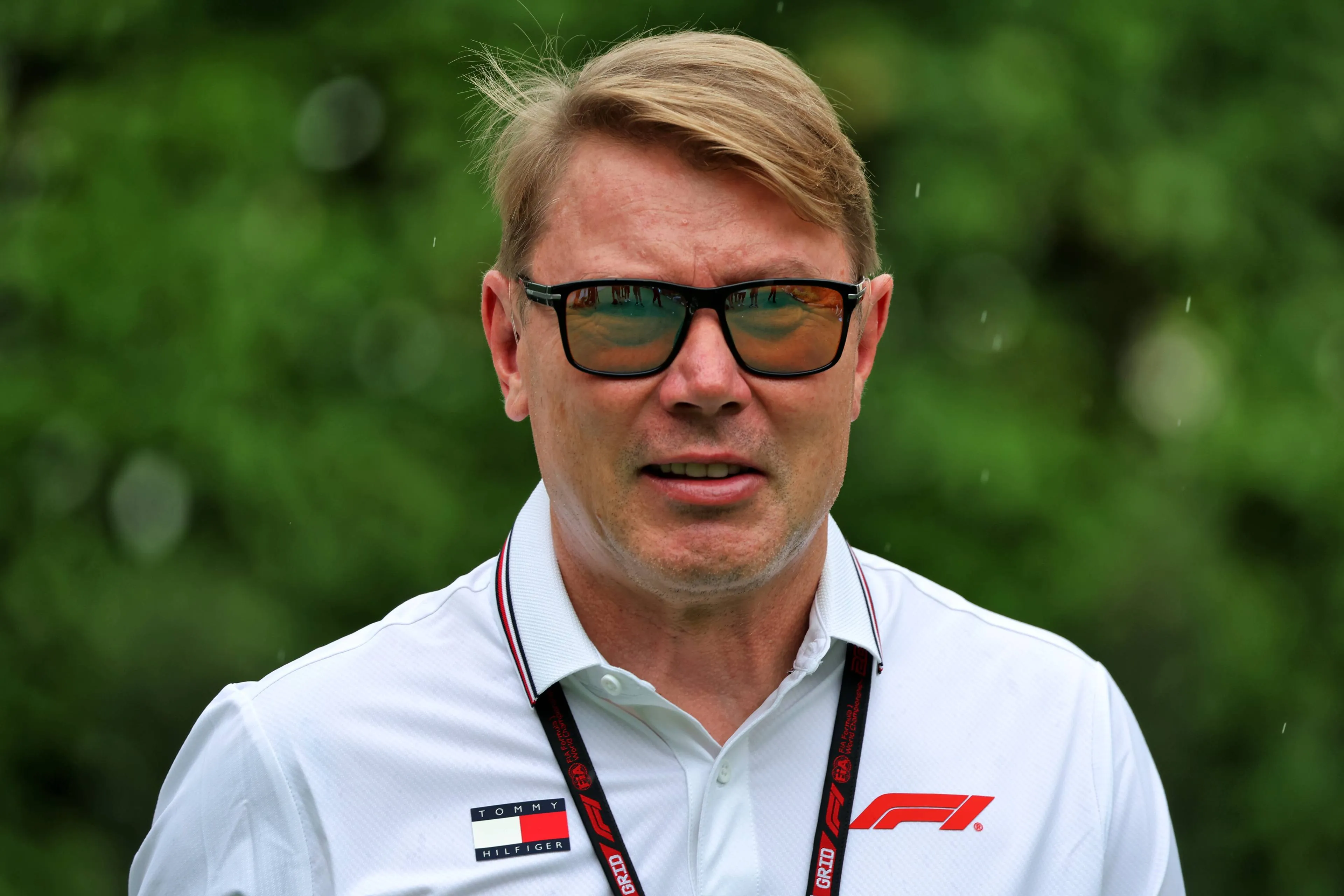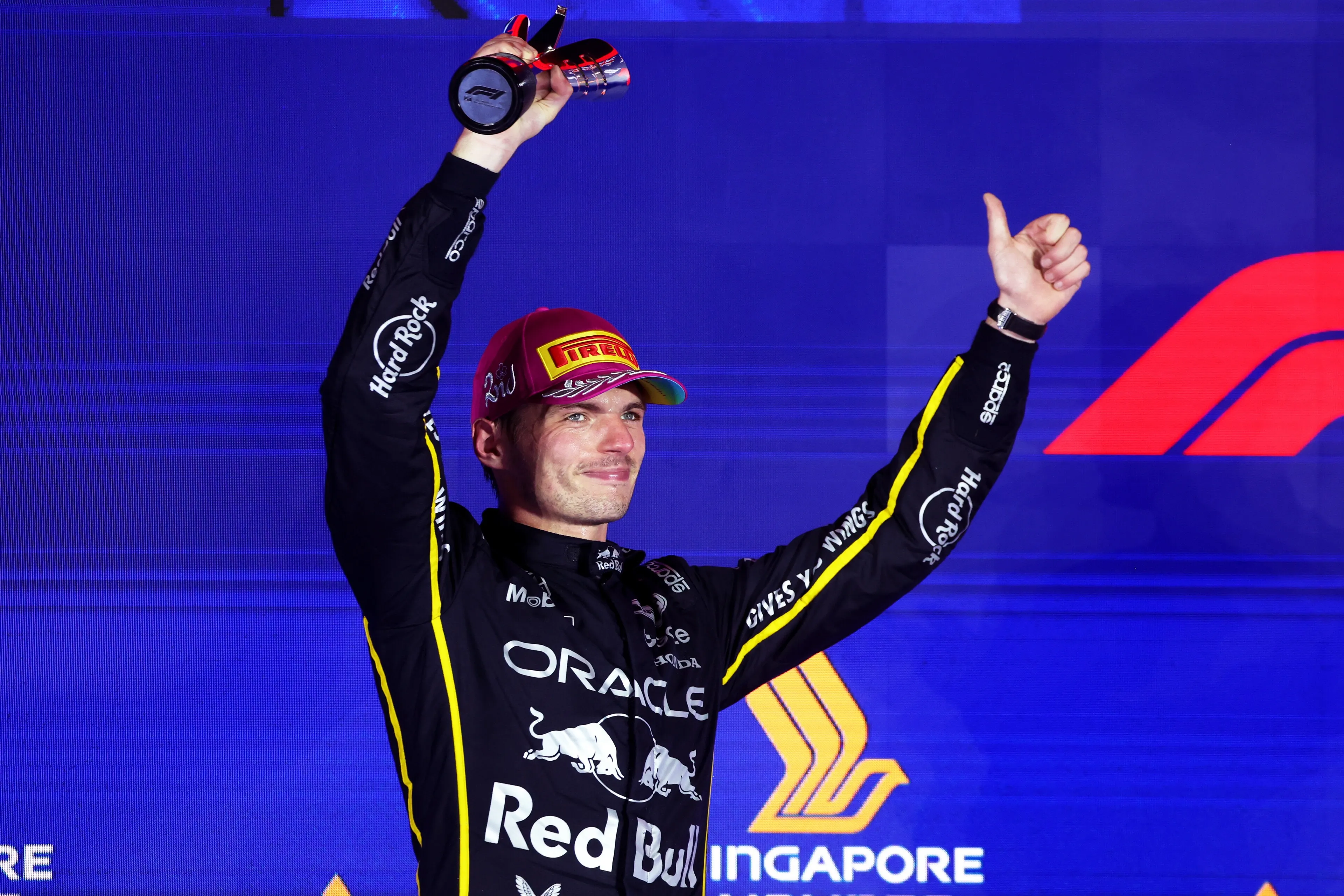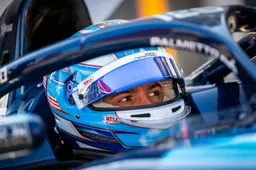No updates, but key change made: Mercedes revert from race-winning concept
21:32, 01 Aug
0 Comments
Mercedes has arrived to the Hungarian Grand Prix with quite a change on their car. The German team reverts to the old, pre-Imola version of their suspension.
Antonelli tells the change, Russell has blunt explanation
Similarly to the Belgian Grand Prix, the team’s trackside engineering director, Andrew Shovlin explained that thanks to his experience, Russell could adapt to the car with the new suspension better than Kimi Antonelli.
A day ago, Antonelli immediately shared their decision. His first answer on Thursday was: “That hopefully will bring the feeling back because since we moved to that suspension, apart from Canada, I've been struggling to drive the car and get into confidence,” he told GPblog among others. Both cars will have this change, he confirmed.
Meanwhile, Russell was also clear about the change. “Kimi has struggled more than I have with the suspension, but my results have also been worse collectively. These last six races have been the worst races of our season and at the start of the year I had much more confidence, the laps were coming easy, whereas now it's much more challenging so there's never guarantees but I think that could be a small part.”
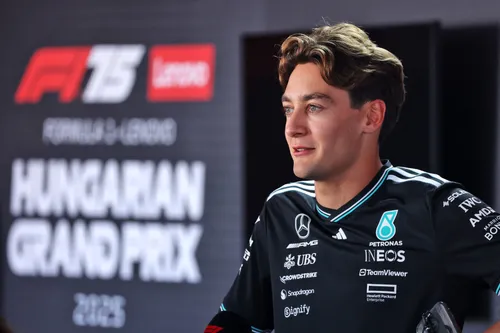
George Russell at the Hungarian Grand Prix
Where do the issues lie?
On Friday, Shovlin, talked at length to GPblog among others about their decision to revert to the old suspension for the final Grand Prix ahead of the summer break.
“In a way it's always been on the radar. One of the inconvenient facts was that that was on the car in Montreal where we had a very good weekend. Now that circuit is very different to some of the recent ones, but if we looked over the past three tracks, high speed performance hasn't been where it was. The drivers talked about lacking entry stability and then just this general sense that they didn't have the trust in the car that they did earlier in the weekend,” he began.
“Now, some of the wet races that we've had, perhaps arriving at that conclusion wasn't as swift as if we'd had a straightforward run of dry races and dry sessions. And then on top of that, we had other set of experiments that we were playing with around the time of Montreal and Austria, but we were starting to get to a stage where the next logical thing is wind back on that change and see if we can recover that stability that they are craving.”
There were further variables which made the situation’s evaluation harder. “At the time it came in, we had issues in the some of the laboratory work that we were doing that meant that some of the test results were arriving quite a bit after it had run on track.”
The newer one was off for the Spanish and Austrian Grands Prix, but where on the car in Canada, where George Russell achieved the team’s only victory this season.
“We're still going through data from lab testing to understand what it was and the reality is that if we do prove that that's a problem, we will learn from the experience. It's always quite difficult making suspension changes to existing components because everything is a compromise. But if that is the case, then we'll learn from it and it will be useful in our knowledge of making the next car.”
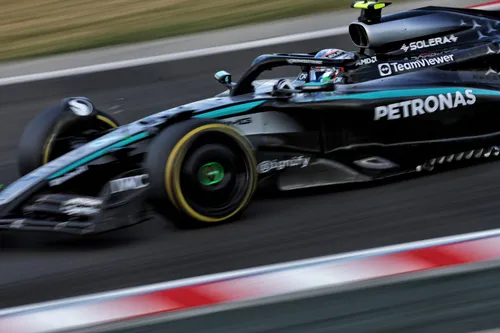
Kimi Antonelli driving the W16 at the Hungaroring
The trackside engineering director continued: “Basically that's the only change and it's all bits that have been running on the car previously, and hopefully we can re-baseline here and see where it stands.”
Shovlin also explained the technical directive change regarding the front wings is not why balance issues were created. “Because you've got simulators that you can assess these in isolation, we certainly feel that the changes with the front wing would not have had such a dramatic effect on the car behaviour.”
What if this suspension change doesn’t help? “If it doesn't, we need to look at what else is on the table that may have changed between now and the early races, but honestly that list is quite small by then.”
Read also
Read more about:
Popular on GPBlog
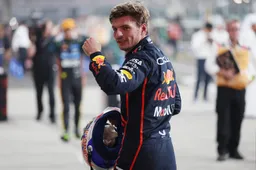
1
Verstappen explains his choice of a new race number for 2026
4289 times read
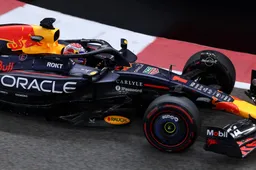
2
Three drivers with a 'new' number: This is the entry list for '26
2355 times read
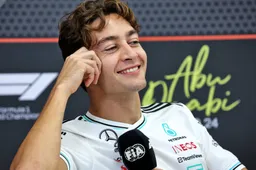
3
Russell hits the slopes with partner Carmen Mundt after 2025 season
2314 times read
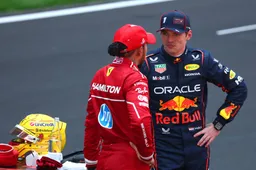
4
Hamilton's disastrous season at Ferrari hurts Verstappen a great deal
1403 times read
Loading
